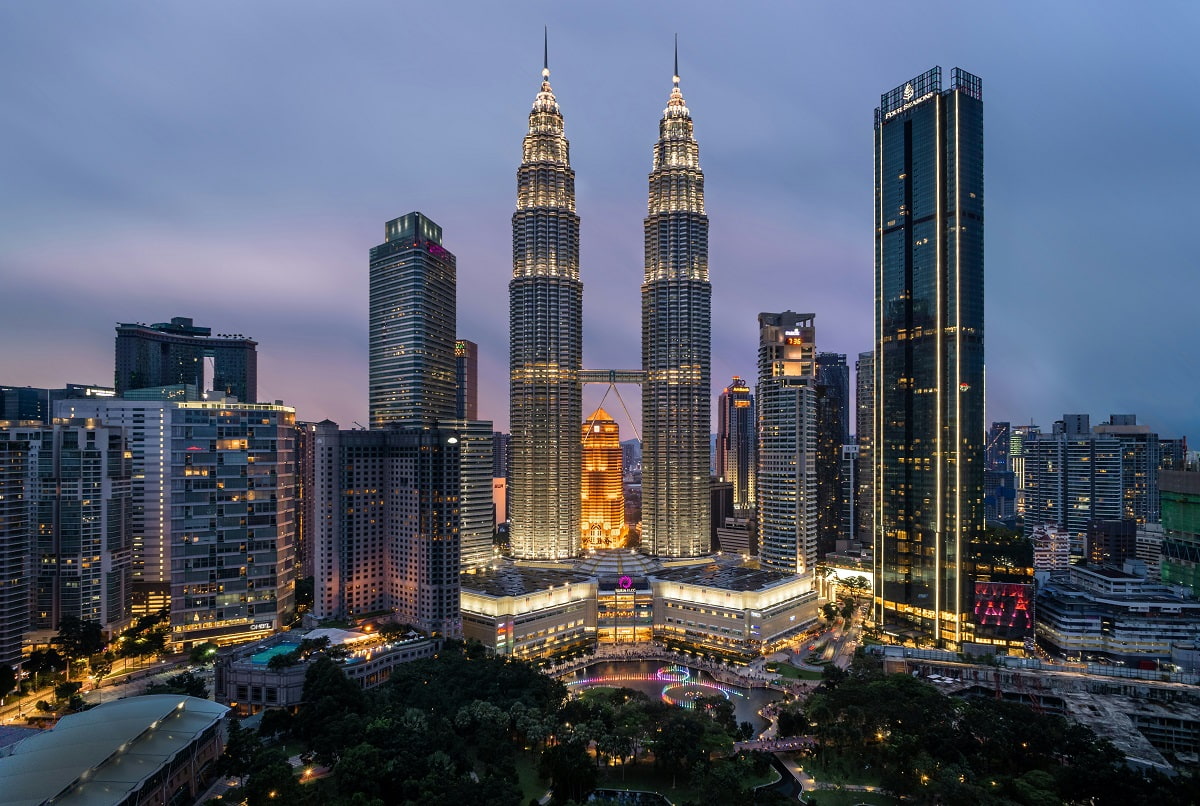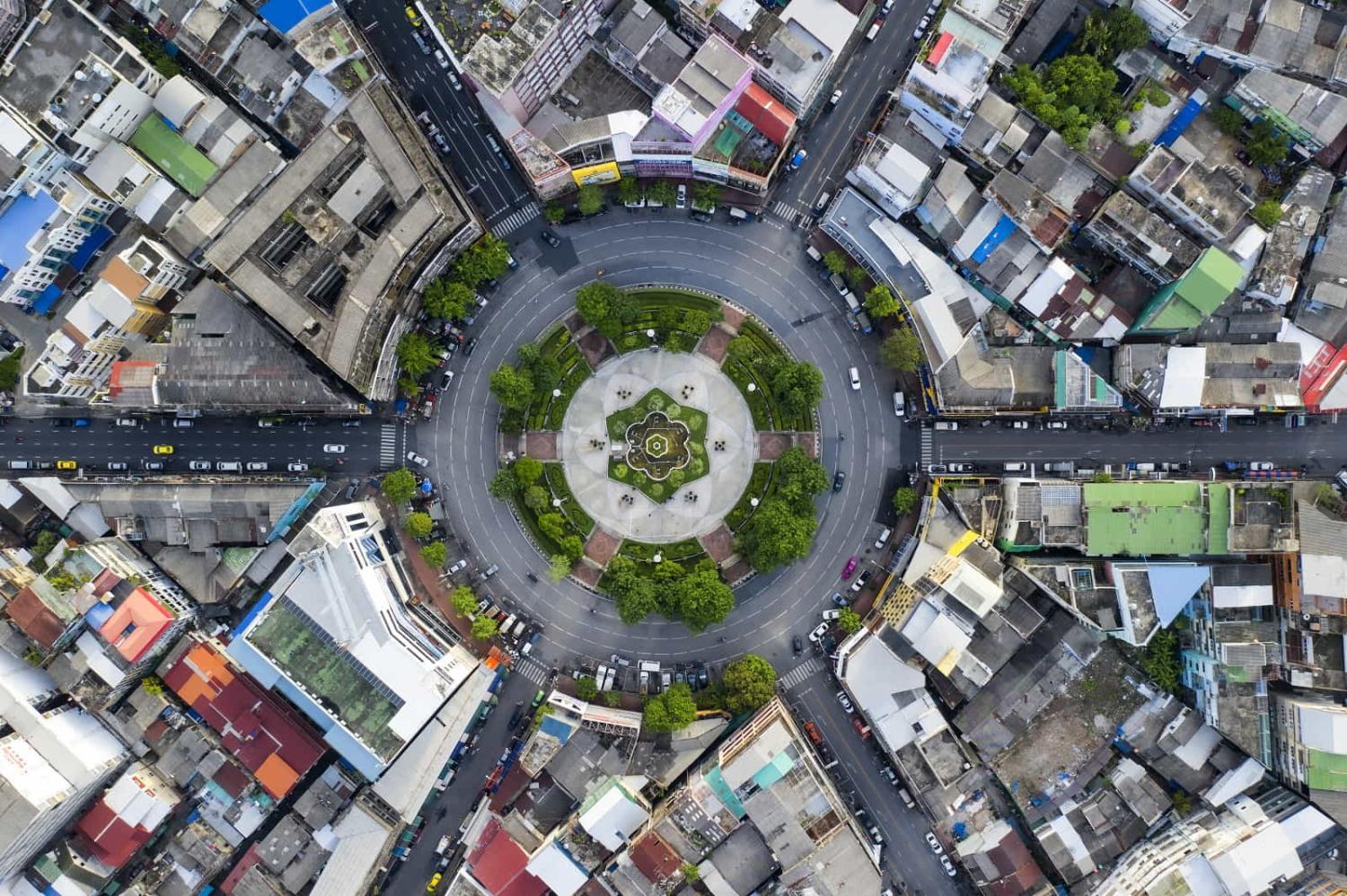A special Interpreter series ahead of the 2024 ASEAN-Australia Special Summit in Melbourne, 4-6 March. Read more articles in this thread.
The ASEAN-Australia Special Commemorative Summit in Melbourne next month marks 50 years of dialogue relations and follows the Sydney meeting in March 2018 where leaders reaffirmed their commitment to ASEAN centrality and regional cooperation. The upcoming talks will allow Australia and ASEAN to review their achievements since 2018, including with Singapore and Malaysia, which share longstanding relations with Australia since before the birth of ASEAN in 1967 spanning security, economics and socio-cultural domains.
In security and defence, a defining pillar of relations is the multilateral Five Power Defence Arrangements (FPDA), of which Australia is a member. This began in 1971 to help defend Singapore and Malaysia from any hostile power during their formative years and support a rules-based regional order. The FPDA should remain relevant today as Southeast Asia is surrounded by what Indonesia's former foreign minister Marty Natalegawa described as an “arc of instability”.
Bilaterally, the Malaysia-Australia Joint Defence Program continues to be a lynchpin of defence relations. It promotes high-level defence policy discussions, training and joint exercises to enhance interoperability between both countries' militaries. The presence of the Australian Defence Force at the Royal Malaysian Air Force Base Butterworth in Penang, where the Integrated Air Defence System operates under the ambit of FPDA, offers strategic value to the defence of both Malaysia and Singapore.
With Singapore, defence officials from Australia and Singapore meet biennially under the auspices of the Singapore-Australia Joint Ministerial Committee. At the recent meeting in May 2023, they discussed the use of the Shoalwater Bay Training Area in Queensland by the Singapore Armed Forces over the last 33 years and the joint development of advanced training facilities there. Under the ambit of the FPDA, the Sembawang wharf in Singapore hosts defence logistical facilities where Royal Australian Navy vessels could dock and resupply.
In the economic domain, Malaysia and Australia inked the Malaysia-Australia Free Trade Agreement, which entered into force in 2013. In 2021, Malaysia and Australia upgraded their bilateral relations to a Comprehensive Strategic Partnership. The warmth in Malaysia-Australia relations glowed when Australian senator Penny Wong visited Malaysia in 2022, shortly after she became Australia's new foreign minister. She described her trip to Malaysia as “balik kampung”, or homecoming, highlighting the socio-cultural relations between the two countries. Indeed, this is also defined by the fact that Australia is home to the second-largest Malaysian diaspora.

Having signed the Singapore-Australia Free Trade Agreement in 2003, bilateral relations between the two nations received an upgrade when both formalised a Comprehensive Strategic Partnership in 2015. The forward-looking attitude of both countries’ leaders came to the fore when the Singapore-Australia Digital Economy Agreement was signed in 2020, signalling the determination to shape emerging rules and standards for a secure digital space. The agreement includes the maintenance of submarine telecommunications cables, which are a critical global infrastructure. Indeed, relations have blossomed since 1980 when Singapore's first prime minister, the late Lee Kuan Yew, said that Australia risked becoming the “poor white trash of Asia” if it did not reform its economy and labour market.
The longstanding and comprehensive relations between Australia, Malaysia and Singapore are a testament to commonalities in their strategic outlook. They are natural regional partners looking to manage risks and find opportunities in an increasingly uncertain Asia-Pacific. There will always be room for substantive and practical cooperation, especially in the defence and economic domains.
And amid the forces against multilateralism, Australia, Malaysia and Singapore should tap into the strength of their bilateral relations to keep regional cooperation alive including through ASEAN-centred mechanisms. For example, they could pool expertise to support Timor-Leste – in principle, the eleventh ASEAN member – build capacity in sustainable agriculture, natural tourism, digitalisation, maritime security and defence professionalisation. This effort would keep Timor-Leste in ASEAN's orbit and help it build the necessary resilience so that no major power, especially China, has an outsized influence there.
While Australia and ASEAN will reiterate their commitment to regional cooperation at the Special Commemorative Summit next month, it bears mentioning that China may become an enduring complicating factor in relations. Relatedly, anxiety over the future deployment of AUKUS nuclear-powered submarines to counter China remains among some ASEAN member states, including Malaysia. Another policy difference lies in the technosphere, where Australia has taken a hard stance against Chinese technologies (e.g., Huawei) compared to Malaysia and Singapore. Still, the greatest test of relations may be in the plausible scenario where a regional conflict sees China using diplomatic pressure on ASEAN to impel Malaysia and Singapore to exit from the FPDA.

